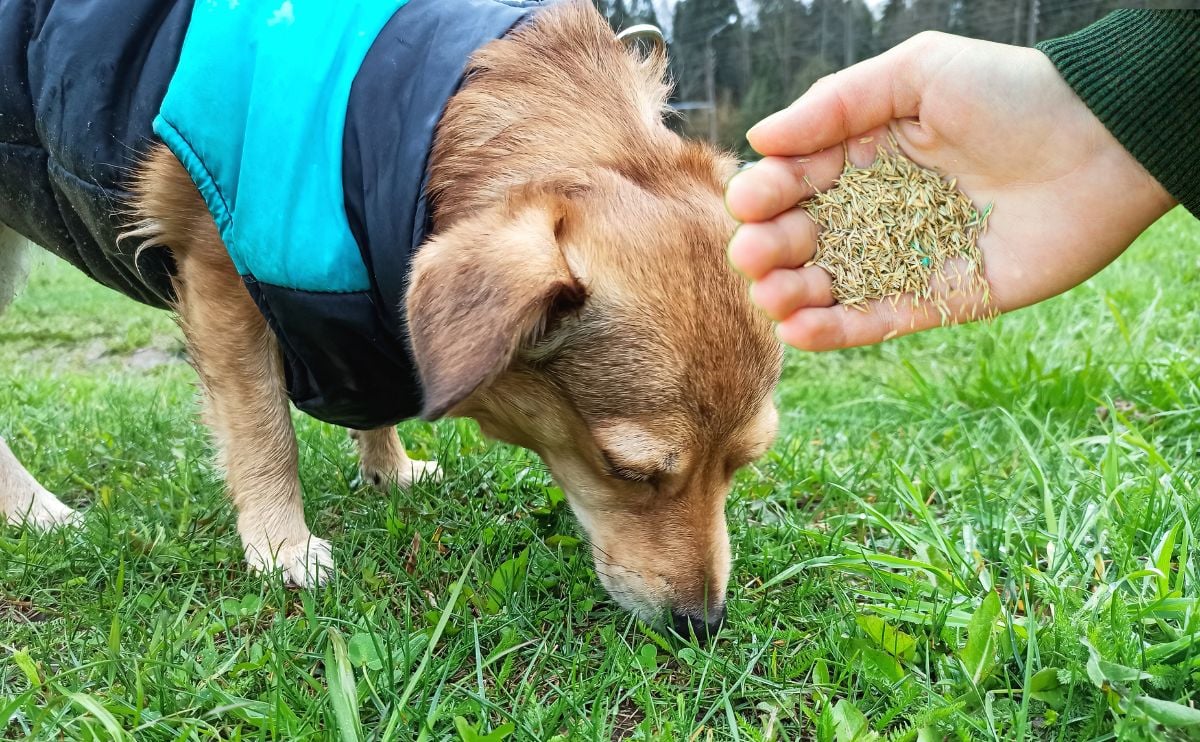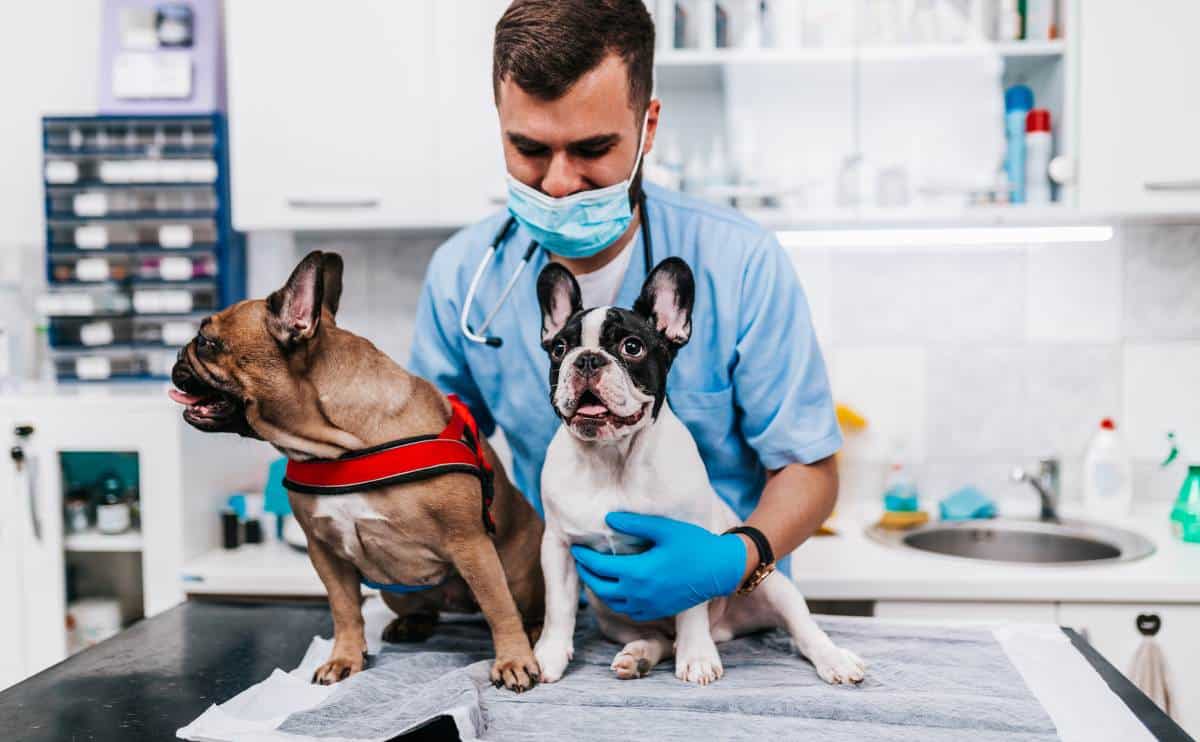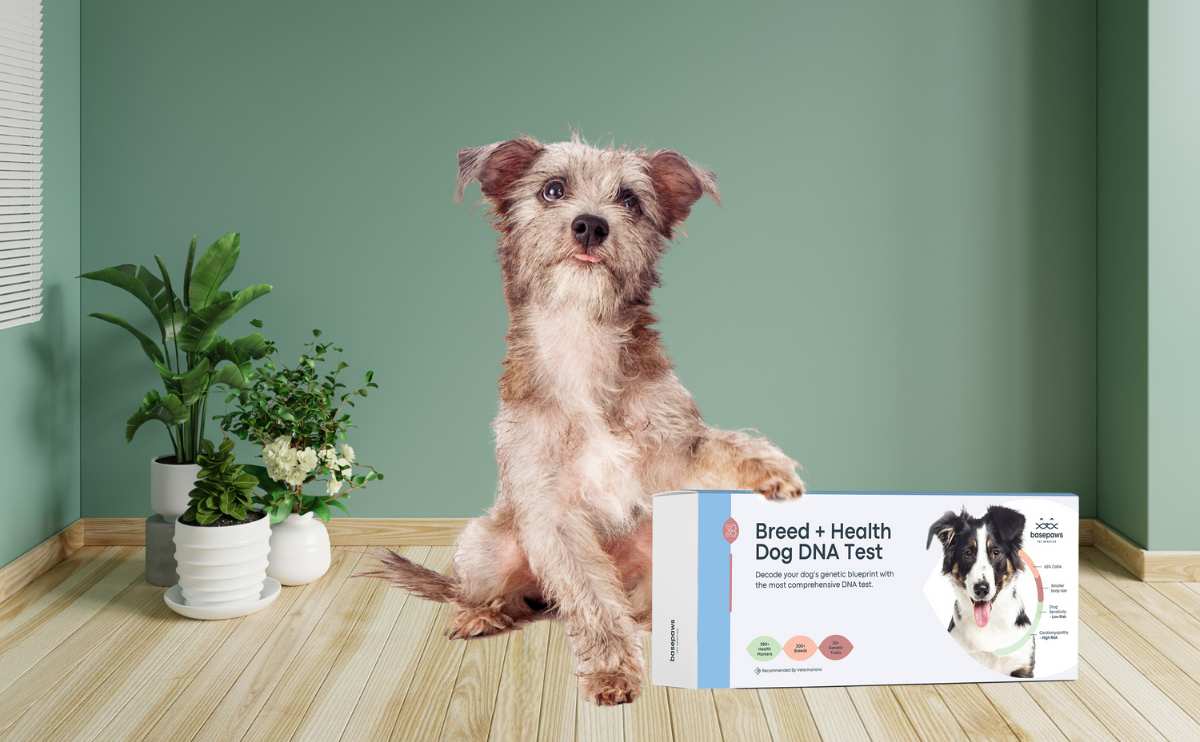When you purchase through links on our site, we may earn a commission. Here’s how it works.

I’ve often wondered why some dogs act like couch potatoes while others are natural Olympians. Turns out, breed type is often to thank (or blame) for Fido’s feisty (or lazy) behavior. While good looks and personality are important, one should also take into consideration each breed’s energy level to make sure his or her exercise levels are adequately met, given your individual lifestyle and location.
When looking for a dog breed, I dog sat for various types of canines to get a feel for each breed before committing to a dog. It turns out a Cavalier (low-energy dog) meets my family’s personality and situation. I wanted to share the various low-energy dog breeds as well as high-energy dogs so you can find out which breed is a good fit for you.
Dog Energy Level And How It Affects You
First off, why should a dog’s energy level matter anyway? Because we are the ones taking care of a pup’s needs. As a dog owner, we’ll be the ones getting off our tails to play with them. Calmer dog breeds make great pets for people who only have time for an occasional walk or work from home (like me). Low-energy small dogs are perfect for those with smaller-sized homes and apartments.
I lived in a small condo in DC where there’s not a big yard or area to play. So, a lazy dog is perfect for me. On the other hand, high-energy dog breeds may be ideal for large families or people who like to go on runs and wish to take a companion with them.
Small Size Doesn’t Mean Lower Energy
You might be surprised to find that some of the lowest-energy dogs aren’t necessarily all small dogs. I was! For instance, despite their large size and being known for their racing skills, Greyhounds are among the world’s most lazy dog breeds. Low-energy small dogs exist, too, but don’t fall prey to the assumption that all small dogs are lazy or calm dogs.
Not sure what breed your dog is? Order a DNA test kit to find out
15 Best Low-Energy Dogs
Now that we know the reasons it’s good to know a dog’s energy levels to set some expectations, you’re probably wondering which breeds fall into which categories. Well, want no longer because here’s a list of the calmest dog breeds for you.
- Basset Hound
- Bulldog
- Bull Mastiff
- Chow Chow
- French Bulldog
- Great Dane
- Greyhound
- Irish Wolfhound
- Pekingese
- Pharaoh Hound
- Pug
- Saint Bernard
- Shih Tzu
- Sussex Spaniel
Best Dogs For Apartments
This two-and-a-half-minute video from the American Kennel Club shows some of the best dogs for apartment living in action (many of which happen to be low-energy dog breeds, too).
12 Most High Energy Dog Breeds
On the other end of the spectrum are the highest-energy dog breeds. Most of the higher-energy dog breeds are traditionally working dogs and have roots that tie back to an energetic activity or sport. However, just because they’re not working for you doesn’t mean they don’t still need plenty of exercise.
If you have a dog with lots of energy, you’ll need to give them ample room to play and keep them entertained with toys (luckily, Canine Journal reviewed the best dog toys for you).
- Airedale Terrier
- Australian Shepherd
- Border Collie
- English Springer Spaniel
- Miniature Pinscher
- Parson Russell Terrier
- Pointer
- Siberian Husky
- Staffordshire Bull Terrier
- Vizsla
- Weimaraner
Caring For Low-Energy Dogs
So, let’s say you’ve adopted a lazy dog breed. Does that mean they will be low maintenance? Yes and no. While some lazy dog breeds are relatively easy to care for, many can be quite a handful. All dogs need regular exercise, even if they prefer to be a couch potato. For instance, my lazy Cavalier is quite the diva and requires a lot of attention. Even though he sleeps most of the day, he does like to run around chasing ice and go on long walks throughout the day.
Letting a pup be too lazy can be unhealthy, as they need regular physical and mental stimulation to stay healthy. A dog of any breed that seems mopey, lower-energy, or bored may lack mental stimulation. Try out some interactive dog toys to keep them busy.
Daily exercise is critical, even in an apartment. A walk around the block, playing fetch at the park, or just a stroll around the apartment pool once a day can be enough for some smaller breeds. Apartment living does not mean no exercise. All canines, even the lowest-energy dogs, require a certain level of care and maintenance. Plus, going on walks gets me out and moving, which research shows keeps humans healthier too.
Some smaller low-energy dog breeds, like the Pug, require extra care, which is true for any brachycephalic breed, and may benefit from pet insurance. Other low-energy breeds, like French Bulldogs, Shih Tzu, Chow Chows, and Pekingese, are all brachycephalic dogs. That means they have shorter noses, flatter, smushed-in faces, and a higher risk of developing several health conditions. Respiratory and heart problems are a huge risk for these pups, lazy or not.
Brachycephalic breeds are often at risk for dental disease, skin and ear issues, and neurological problems. They may require a higher level of care, though they have lower energy. This is why pet insurance might be a good financial tool to consider for managing your pet’s unexpected medical expenses.
Along with daily exercise, lazy dog breeds need high-quality, balanced nutrition. Food formulated for your pup’s breed size and life stage is best. Your pup also needs regular veterinary attention, including preventative care visits.
Training Tips For Low And High-Energy Dogs
Training a pup, high or low energy, is also a priority. If a particular doggo is not highly motivated, you may need to take a different approach than with a people-pleasing pooch. Here are a few training pointers for each kind of pup.
Low-Energy Dogs
The first step is understanding a pup’s individual training needs and physical limits. Low-energy dogs often need motivation to train and exercise, so offer them something they like to do or a reward they enjoy as an incentive.
- Know and respect their stopping point.
- Stick to a routine.
- Make training activities interesting and enjoyable.
- Incorporate a variety of toys into training.
- Keep training sessions short, sweet, and fun.
- Make time to play and find games and activities that both of you enjoy.
- Use positive reinforcement training like treats and rewards.
High-Energy Dogs
High-energy dogs can also be challenging to train, especially if they are hyperactive. These types of dogs do better if they have a job, and training is the perfect way to keep them busy.
A bored dog with pent-up energy is a recipe for disaster. Hyper dogs or those with higher energy levels often need two or three walks daily, with play sessions in between.
- Engage in short obedience and basic command training sessions throughout the day.
- Set and follow a training and feeding schedule.
- Offer rewards and positive reinforcement.
- Allow dogs time and space to run and let out that energy. Off-leash training is a good time investment, especially if you have an enclosed yard or access to an off-leash dog park. That off-leash time can make a massive difference for high-energy breeds.
- Avoid eye contact with hyper dogs. They often seek out attention, and not giving it to them is sometimes the best way to discourage hyperactive or obsessive behavior.
Did we mention your favorite breed in either the high or low-energy group? If we missed one, let us know in the comments.
Are You Ready For A Dog?
There is a lot that factors into how well any pup will fit in with your family. Deciding if you are ready for a dog depends on if you are an experienced owner, have other pets, and what kind of time and energy you have to commit to a new dog. Learn more about picking the right dog breed and common puppy mistakes to avoid.
Why Trust Us?
Sadie considers herself a subject matter expert on low-energy dog breeds, a devoted dog owner to a Cavalier King Charles Spaniel named Georgie (and previous Cav, Lexie). The breed is known for its charming laziness and extended naps, so she understands the unique qualities of low-energy pups. Georgie’s daily routine, which involves mostly sleep, gives her time to work on Canine Journal while he snores under her chair or in her lap. Sadie also has experience dog sitting for dogs of all energy levels and ages.
Tagged With: Exercise

